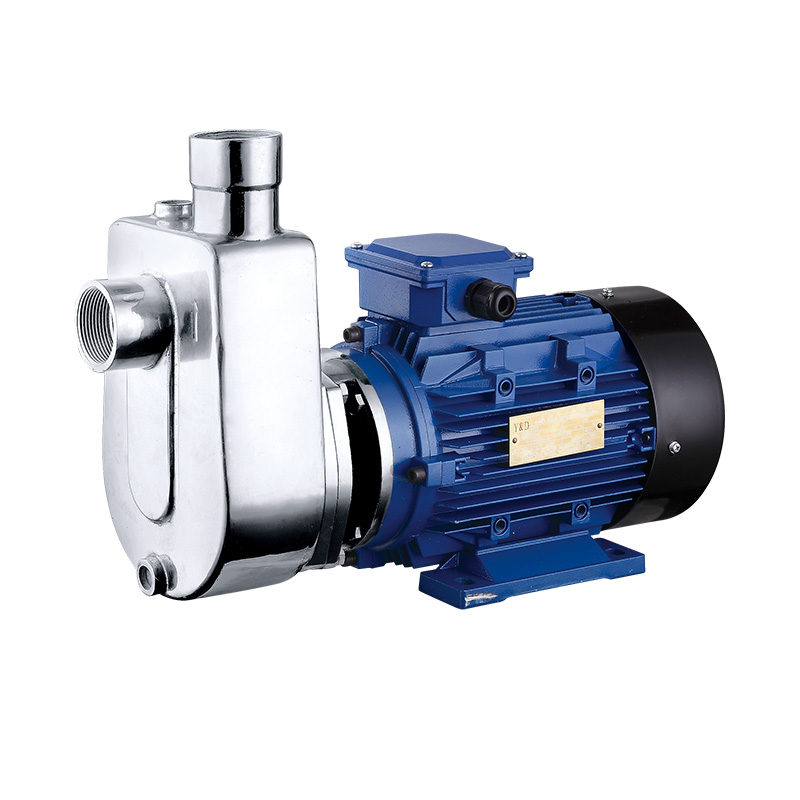Micro single-stage hydraulic centrifugal pumps have gained increasing attention in various industrial, agricultural, and domestic applications due to their compact size, efficiency, and adaptability. These pumps, characterized by their simple design with a single impeller stage, are often employed in fluid transfer, irrigation, water supply, and small-scale processing systems. However, despite their advantages, users and engineers often face challenges related to performance, maintenance, and operational reliability.

One of the prominent challenges associated with micro single-stage hydraulic centrifugal pumps relates to flow capacity and head limitations. Due to their single-stage impeller design, these pumps typically deliver moderate flow rates and pressure heads, which may restrict their suitability in applications requiring higher performance. When faced with demands exceeding their design parameters, pumps can experience reduced efficiency or operational stress.
Another challenge concerns cavitation and suction issues. Micro single-stage hydraulic centrifugal pumps are sensitive to inlet conditions, and insufficient net positive suction head (NPSH) can cause cavitation—formation of vapor bubbles in the fluid. Cavitation can vibration, noise, and eventual wear of impeller surfaces, reducing the pump's lifespan and efficiency.
Material wear and corrosion also pose concerns, especially when pumping abrasive or chemically aggressive fluids. Although many micro pumps are constructed with corrosion-resistant materials, prolonged exposure to challenging fluids without appropriate maintenance can degrade components.
Maintenance access and component durability are additional considerations. Due to the compact design, servicing internal parts such as seals, bearings, and impellers may be more difficult compared to larger pumps, requiring specialized tools or skills. The limited size can also faster wear of moving parts if operating conditions are not ideal.
Design improvements have played a significant role in enhancing the performance and durability of micro single-stage hydraulic centrifugal pumps. One effective approach is the optimization of impeller geometry. Advances in computational fluid dynamics (CFD) allow engineers to tailor impeller blade angles and shapes to maximize flow efficiency and reduce cavitation risk. By improving hydraulic performance, these pumps can achieve higher flow rates and pressure heads within their compact form.
Materials engineering is another solution pathway. The use of advanced stainless steel alloys, composite coatings, or ceramic components can improve resistance to wear and corrosion. These materials extend service life, particularly when the pump handles abrasive slurries or corrosive liquids.
Operational practices can greatly influence the success of micro single-stage hydraulic centrifugal pumps in the field. Ensuring the pump operates within its recommended performance range is crucial. Avoiding conditions such as excessive flow demand or too low NPSH helps maintain efficiency and prevents premature wear.
Regular inspection and maintenance schedules are equally important. Checking for signs of vibration, unusual noise, or temperature increases can help identify developing issues early. Scheduled lubrication, seal replacement, and cleaning of the impeller and casing contribute to long-term operational stability.
The use of variable frequency drives (VFDs) or speed controllers allows precise control of pump operation, matching flow and pressure needs dynamically. This capability not only conserves energy but also protects the pump from operating outside safe parameters.
Despite their challenges, micro single-stage hydraulic centrifugal pumps are well-suited for many applications. Their compact size and simple design make them ideal for domestic water supply systems, where moderate pressure and flow suffice. Additionally, they serve effectively in small-scale irrigation, distributing water efficiently in gardens or small farms.
Industrial uses include cooling and circulation within machinery or chemical processes where fluids need to be moved gently and consistently. The single-stage design allows for straightforward integration with existing systems, footprint and complexity.
In laboratory and experimental setups, their precision and reliability support accurate fluid handling under controlled conditions.